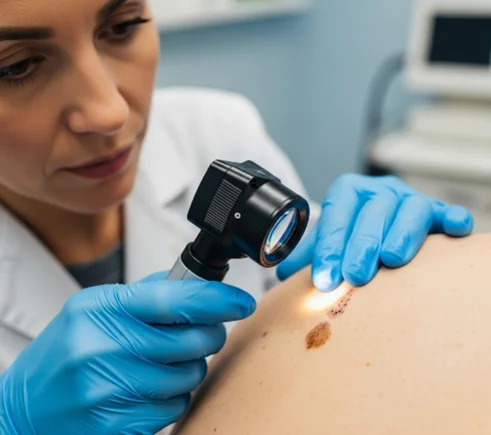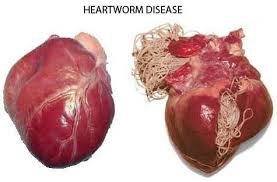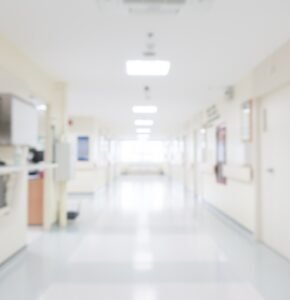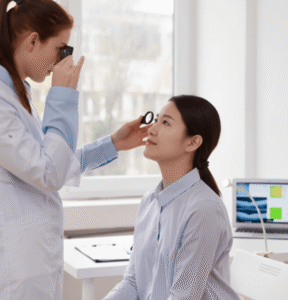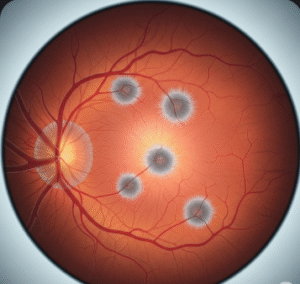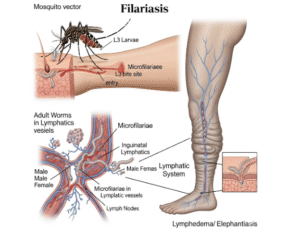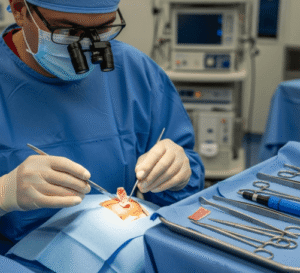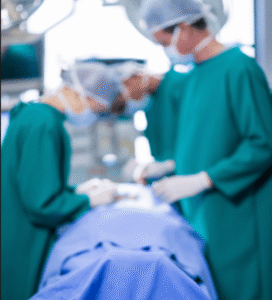What it is
→ Skin cancer screening is a medical examination designed to detect early signs of skin cancer, including melanoma, basal cell carcinoma, and squamous cell carcinoma.
→ The process involves a comprehensive visual inspection of the skin, often enhanced with dermoscopy or digital imaging, to identify suspicious moles, lesions, or growths.
→ Unlike routine skin checks, cancer screenings are focused specifically on detecting malignant or precancerous changes before they become advanced.
→ This exam may include biopsy of suspicious spots, ensuring an accurate diagnosis.
→ In Korea, skin cancer screening is widely available at dermatology clinics and university hospitals, often integrated with advanced imaging systems for greater precision.
Why it’s done
→ The main goal of skin cancer screening is early detection, which drastically improves treatment outcomes.
→ It is especially important for:
- Individuals with fair skin, light eyes, or light hair who are at higher risk.
- People with a history of frequent sunburns or tanning bed use.
- Those with a personal or family history of melanoma or other skin cancers.
- Patients with numerous moles or atypical moles.
- Immunocompromised individuals or those on long-term medications that affect skin health.
→ Screening is also valuable for patients who notice new, changing, or unusual skin lesions that may not heal.
→ In addition to cancer detection, screening provides preventive education, including sun safety and skincare guidance.
Alternatives
→ While professional screening is the most reliable method, alternatives include:
- Self-examination → checking skin monthly for new or changing moles.
- Mobile apps and AI scanners → some smartphone apps analyze mole photos, but results are not highly accurate.
- Primary care checkups → general doctors may inspect skin but often refer patients to dermatologists for a full evaluation.
- Partial exams → some patients choose localized checks (e.g., face or arms), though these are less comprehensive.
→ These alternatives can be helpful but cannot replace professional skin cancer screening by a dermatologist.
Preparation
→ To prepare for a skin cancer screening, patients should:
- Arrive with clean skin → avoid makeup, nail polish, or heavy creams.
- Wear loose clothing → makes it easier for full-body inspection.
- Avoid tanning or sunburn → changes in skin tone can obscure lesion patterns.
- Note concerns → write down any spots that are painful, bleeding, or rapidly changing.
- Bring medical history → include records of past biopsies, family cancer history, or previous treatments.
- Old photos → if mole mapping has been done before, bring images for comparison.
How it’s Done
→ A skin cancer screening typically involves:
- Full-body visual inspection → dermatologist examines skin from head to toe, including scalp, nails, and hidden areas.
- Dermoscopy → handheld magnification with polarized light to assess mole structure in detail.
- Digital imaging → some clinics use mole mapping technology for photographic records.
- Risk assessment → dermatologist discusses sun exposure history, family history, and lifestyle factors.
- Biopsy → if suspicious lesions are found, a small sample is taken for histopathology.
→ The screening usually lasts 20–40 minutes, depending on patient risk level and findings.
Recovery
→ A standard skin cancer screening has no recovery time. Patients can immediately return to normal activities.
→ If a biopsy is performed:
- Mild soreness may last 1–3 days.
- The biopsy site should be kept clean and covered with a bandage.
- Healing usually takes 1–2 weeks, with stitches removed (if required) in about 7–14 days.
→ Patients are advised to monitor skin regularly and attend follow-up screenings annually or as recommended.
Complications
→ The screening itself carries no risks.
→ Biopsy-related complications may include:
- Minor bleeding or bruising.
- Small scars at biopsy sites.
- Infection risk if aftercare is not followed.
→ The greatest danger comes from not undergoing screenings in high-risk patients, as undetected melanoma or carcinoma can progress quickly.
Treatment options in Korea
→ Korea is internationally recognized for advanced skin cancer screening and treatment facilities.
- University hospitals such as Seoul National University Hospital, Asan Medical Center, and Samsung Medical Center offer cutting-edge cancer detection programs.
- Dermoscopic technology is standard, often paired with high-resolution imaging and AI-assisted mole analysis.
- Preventive approach → Korean dermatologists emphasize annual or bi-annual screenings, especially for high-risk groups.
- Medical tourism → international patients often visit Korea for comprehensive skin cancer exams due to its reputation for precision and affordability compared to Western countries.
- Integration with aesthetics → screenings are often combined with skincare advice, sun protection strategies, and cosmetic dermatology consults.
- Clinical research → Korea participates actively in global skin cancer studies, providing patients access to the newest screening technologies and treatments.
→ With high-tech diagnostics, skilled specialists, and a strong preventive culture, Korea is one of the best places for early and reliable skin cancer screening.

